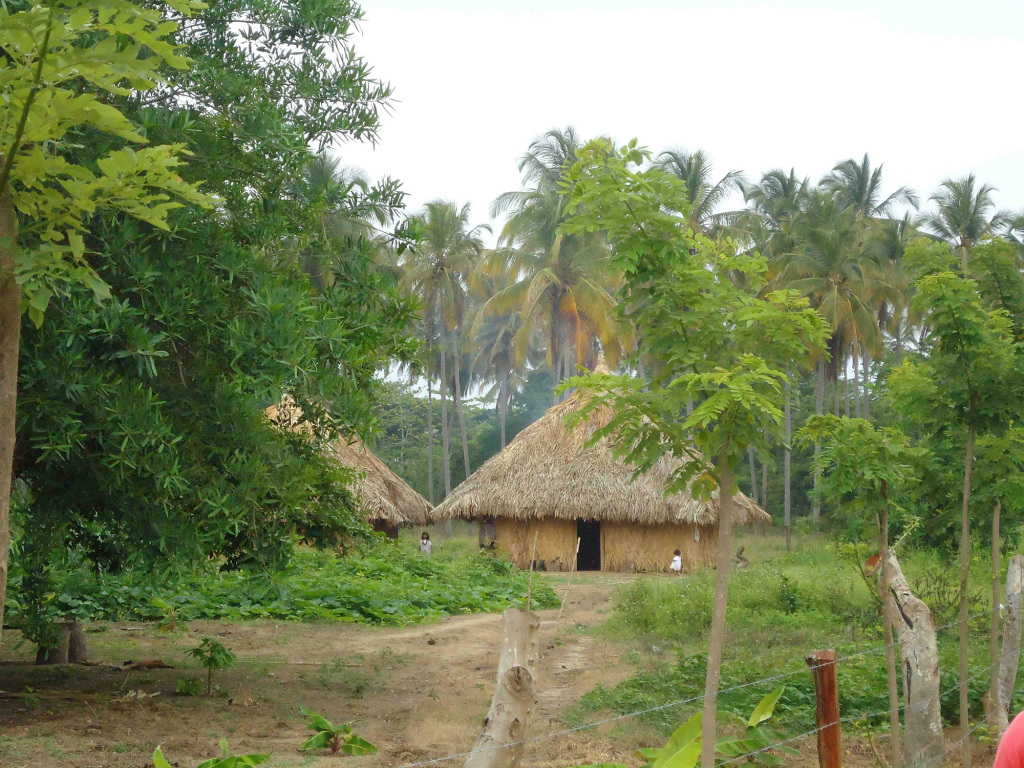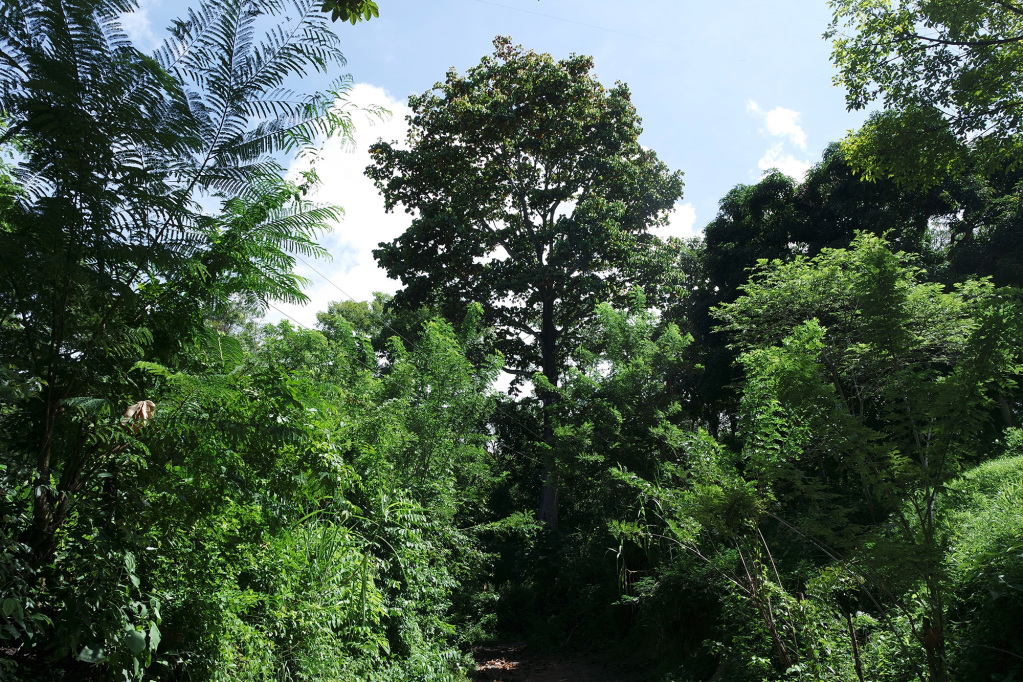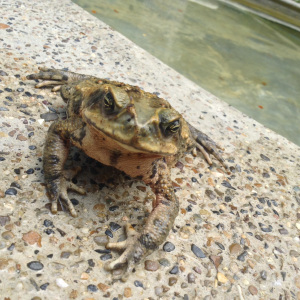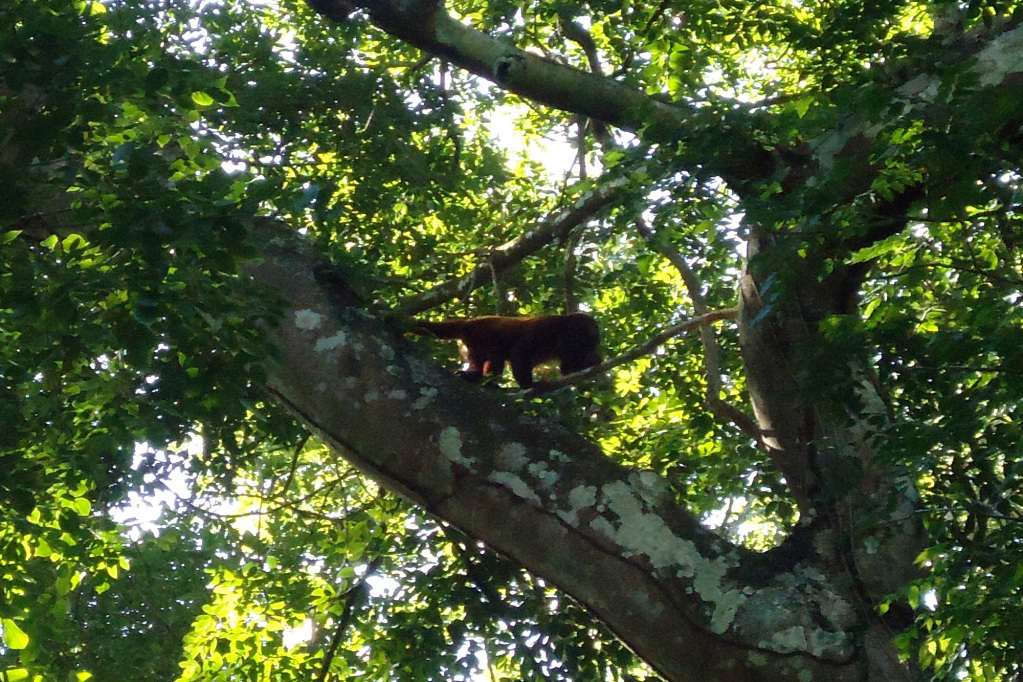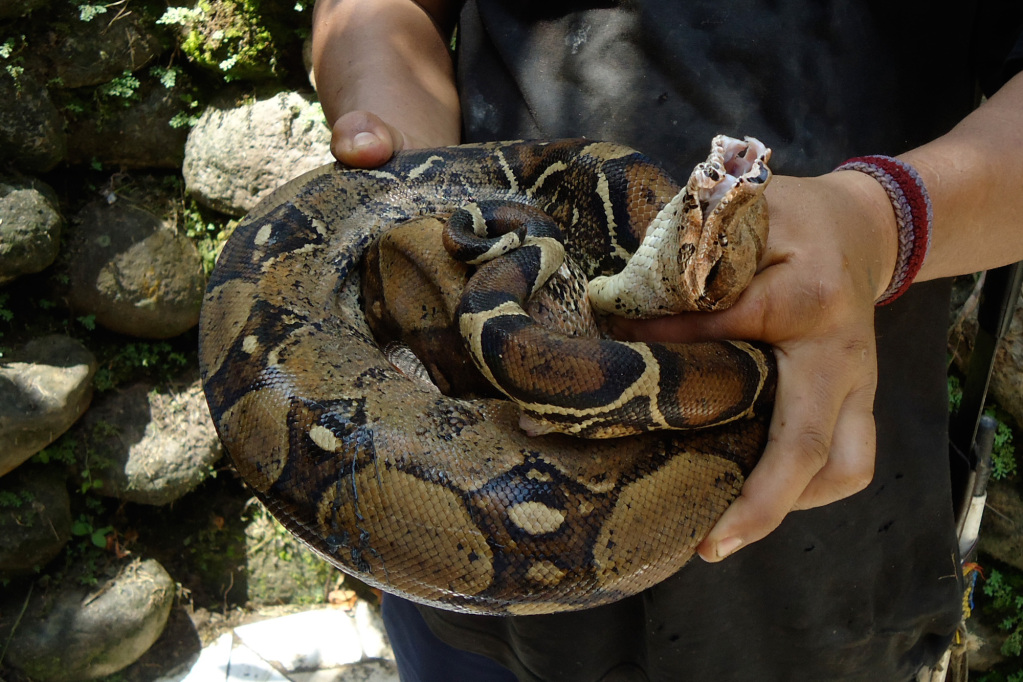Nature Reserve
Colombian nature reserves
The combination of variations in climate and elevation, and the vast array of geographical features in Colombia, has allowed the country to boast an extremely high level of diversity in habitats and a richness of species unseen in most of the natural world. Colombia has close to 14% of the world’s biodiversity. Globally, it accounts for the highest number of known bird species, and second highest number of known plant and amphibian species. In addition, with forests covering at least 0.55 million km2, which equates to 49% of the national territory, it contains one of the largest continuously forested areas in the tropics. All this is quite amazing.
The combination of variations in climate and elevation, and the vast array of geographical features in Colombia, has allowed the country to boast an extremely high level of diversity in habitats and a richness of species.
Colombia has a range of protected area categories, such as national, regional and private reserves. Carpe Diem tries to preserve some 40 hectares of private evergreen forests and is located right in between the famous and touristic Tayrona national park and the lesser known Sierra Nevada de Santa Marta national protected area, not far from Minca. This makes the forests of Carpe Diem and the locality of Paso del Mango a corridor for a range of animal species that travel between both these nature monasteries.
This makes the forests of Carpe Diem and the locality of Paso del Mango a corridor for a range of animal species that travel between both nature monasteries.
Human impact on the Colombian nature reserves
The Sierra Nevada is not so well known for people who are not familiar with Colombia or nature conservation on a global scale. However, it is a pretty crazy place. At least partly, the whole Sierra Nevada can be linked to processes that made Colombia famous or infamous: armed conflict, internal displacement and the illegal drug business. Nowadays, the safety situation has improved a lot but this does not mean that the area is devoid of problems. The Sierra and the region of Minca is being colonized by thousands of farmers and inhabited since long times by a diversity of indigenous groups. All these groups have their own interests. For example some communities penetrate the forest to clear lands for farming, cultivating of illicit crops, cattle grazing, mining, road building, etc., while others look for optimal arrangements to counteract nature degradation and protect the valuable national heritage in a peaceful manner. In general terms, it is easy to underestimate the complexities regarding nature conservation in this area.
The Sierra Nevada is now a Unesco Biosphere Reserve, making it one of the most important nature conservation areas of the world
Protected area of outstanding value
The nature reserve of Finca Carpe Diem
Carpe Diem sits at the foothills of this amazing nature reserve so you can find a bunch of fauna and flora therein. Under the most predominant wildlife species are mutt, anteater, tigrillos, guartinaja, the famous jaguar, wild boar, armadillo, howler monkey, and many more.
Tree species in the forests of Carpe Diem include, among others, caracoli, caoba, pereguetano, carito, campano, trebol, algarroba, cañafisto, ceiba, roble, cedro and hebano.
Furthermore, there is a series of amfibies and reptiles, including snakes like the boa, coral, patoco and mapana.
Beautiful birds fill up the sky. Some of the most predominant are the eagle, tukan, hawks, guacamaya, chauchau, and many colored colibris.
We try our best to conserve a little piece of this beautiful area and believe the best way to do this, is by inaction. Let the forest do its work, let the animals connect, breed and spread.
People who want to experience a part of the Sierra Nevada de Santa Marta are welcome to stay in our guesthouse. We encourage the visitor to do some hikes in the surroundings, for example to our from Minca, and connect with nature. Several natural wonders are easy to visit, such as hidden waterfalls, pozo del amor and viewpoint of Santa Marta.
